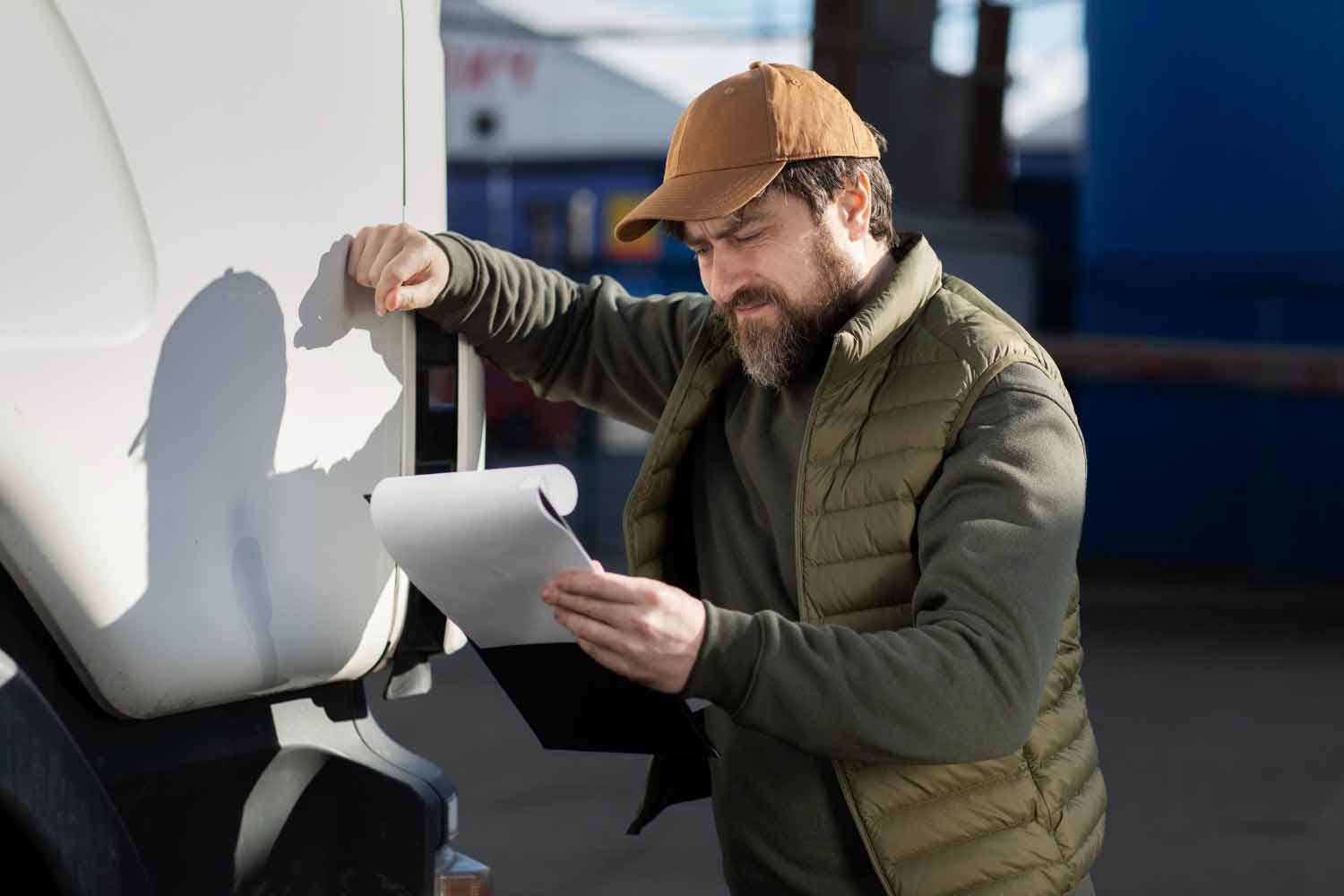Getting Started on Your CDL Journey
If you're considering a career as a truck driver, obtaining a Commercial Driver's License (CDL) is your ticket to hitting the open road and embarking on a rewarding journey. A CDL is a crucial requirement for anyone aspiring to operate commercial motor vehicles (CMVs) in the United States. In this comprehensive guide, we'll walk you through the steps to obtain your CDL, highlighting essential FMCSA regulations along the way.
Diving into CDL Classifications
CDL Classification
The first step in getting your CDL is understanding the different CDL classifications. The FMCSA has established various CDL classes, each permitting the operation of specific types of CMVs. The three primary classes are:
- Class A CDL: This license allows you to operate combination vehicles, such as tractor-trailers or truck and trailer combinations, with a Gross Combination Weight Rating (GCWR) of 26,001 pounds or more.
- Class B CDL: With a Class B CDL, you can operate single vehicles with a Gross Vehicle Weight Rating (GVWR) of 26,001 pounds or more. This includes delivery trucks and buses.
- Class C CDL: This class is for CMVs that do not fall under Class A or Class B and is typically required for vehicles carrying hazardous materials or more than 16 passengers.
Meeting the CDL Eligibility Criteria
Before you dive into the process of obtaining your CDL, you must meet certain eligibility requirements. Here are some key points:
- Age Requirement: To apply for a CDL, you must be at least 18 years old for intrastate (within your state) driving and 21 years old for interstate (across state lines) driving per FMCSA regulations.
- Driving Record: A clean driving record is essential. Any history of serious traffic violations may disqualify you from obtaining a CDL.
- Medical Qualifications: You must pass a Department of Transportation (DOT) medical examination to ensure you are physically fit for the demands of long-haul driving.
Navigating the CDL Application Journey
Once you've confirmed your eligibility, you can begin the application process:
- Study for the CDL Permit: Before applying for your CDL, study the CDL Manual provided by your state's DMV or DOT. This manual covers essential topics like vehicle inspection, air brakes, and safe driving practices.
- Obtain a CDL Learner's Permit: To get started, you'll need to pass a written knowledge test based on the CDL Manual. This test covers general knowledge, specific endorsements (e.g., Hazmat, Passenger), and air brake systems. After passing, you'll receive a learner's permit, allowing you to practice driving with a licensed CDL holder.
- Training and Practice: Consider enrolling in a reputable CDL training program. These programs provide hands-on training and vehicle operation experience. Practice is crucial to mastering the skills needed for your road test.
- Pass the Skills Test: The final step is the skills test, which includes a pre-trip inspection, basic vehicle control, and an on-road driving test. Passing this test means you're ready to receive your full CDL.
FMCSA Regulations Demystified
The FMCSA plays a crucial role in ensuring safety standards for commercial drivers. Some important regulations include:
- Hours of Service (HOS): The FMCSA regulates the number of hours a driver can work and drive to prevent fatigue-related accidents. It's vital to understand HOS rules as they vary depending on your type of operation.
- Electronic Logging Devices (ELDs): In an effort to enhance compliance with HOS rules, the FMCSA requires the use of ELDs for recording driving hours accurately.
- Drug and Alcohol Testing: Commercial drivers are subject to regular drug and alcohol testing, and violations can result in the suspension of your CDL.
- Medical Certification: You must maintain your medical certification to continue operating CMVs. Regular check-ups and compliance with FMCSA medical standards are essential.
The Road Ahead
Obtaining your CDL is a significant milestone in your trucking career. It opens the doors to various opportunities, from long-haul trucking to local delivery services. By understanding the CDL classifications, eligibility requirements, and the application process, you're well on your way to hitting the road safely and legally.
Remember that staying informed about FMCSA regulations, such as Hours of Service and ELD requirements, is essential for your continued success as a professional truck driver. So, study diligently, practice your skills, and drive safely—your CDL journey awaits!
For more detailed information and to stay up-to-date with the latest regulations, always refer to your state's specific requirements and the official FMCSA website.
Disclaimer: This blog post is intended for informational purposes only and does not constitute legal or professional advice. Readers should consult with legal and safety professionals and refer to official government sources for specific compliance requirements and guidance.
